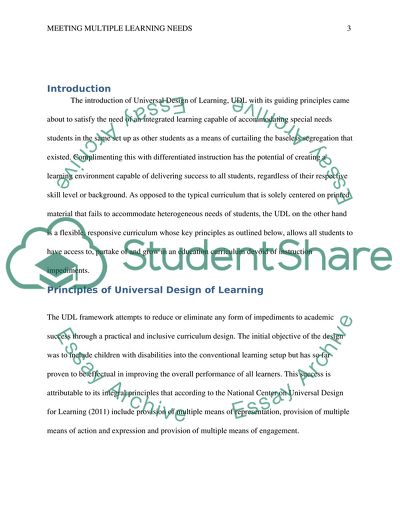Cite this document
(Meeting Multiple Learning Needs through UDL and Differentiation Case Study Example | Topics and Well Written Essays - 1250 words, n.d.)
Meeting Multiple Learning Needs through UDL and Differentiation Case Study Example | Topics and Well Written Essays - 1250 words. https://studentshare.org/education/1881576-meeting-multiple-learning-needs-through-udl-and-differentiation
Meeting Multiple Learning Needs through UDL and Differentiation Case Study Example | Topics and Well Written Essays - 1250 words. https://studentshare.org/education/1881576-meeting-multiple-learning-needs-through-udl-and-differentiation
(Meeting Multiple Learning Needs through UDL and Differentiation Case Study Example | Topics and Well Written Essays - 1250 Words)
Meeting Multiple Learning Needs through UDL and Differentiation Case Study Example | Topics and Well Written Essays - 1250 Words. https://studentshare.org/education/1881576-meeting-multiple-learning-needs-through-udl-and-differentiation.
Meeting Multiple Learning Needs through UDL and Differentiation Case Study Example | Topics and Well Written Essays - 1250 Words. https://studentshare.org/education/1881576-meeting-multiple-learning-needs-through-udl-and-differentiation.
“Meeting Multiple Learning Needs through UDL and Differentiation Case Study Example | Topics and Well Written Essays - 1250 Words”. https://studentshare.org/education/1881576-meeting-multiple-learning-needs-through-udl-and-differentiation.


